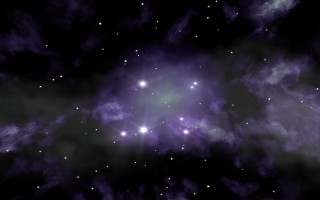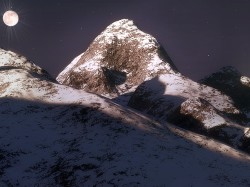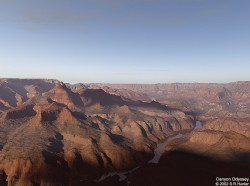 Main Page Main Page My Sets My Sets DAT/MDL files DAT/MDL files Virtual Sets/Renders Virtual Sets/Renders Links LinksVelociworks.com Bricklink Store: Idaho Bricks Lugnet Member 3114 jeff@velociworks.com |
All things LegoJanuary 28, 2006by Jeff McClain Lego certainly isn't what it use to be. Or it is more, to be precise. There was a time when the number of different blocks (and they all pretty much WERE blocks) could be contained to about a hundred different types and about 5 colors. Technic sort of expanded that, with gears, shafts, bushings and studs with holes in them, but even in the mid-80's it was still pretty obviously Lego with the characteristic studs. Now, Bionacles (not to mention Dino, Viking, and Harry Potter lines) have custom made parts for all sorts of things and many without any studs at all. At least the Castle series still used basic minifigs and studs (not that I ever liked them that much). Technic Lego sets have mostly done away with the basic stud, and deal more in smooth "beams". Not necessarily a bad thing, just different. Certainly all these custom parts make the models far more accurate and true to form, and the move to beams have made the sets look much better in the final finish product. It just has made things more complicated (both to categorize and store as a collector, as well as to design). I'm still amazed at some of the forms and shape that some of my most recent technic sets end up being able to achieve, in ways I never would have thought of.












So, once I started in on this, it has lead me to more and more "other" things, like the proverbial bread crumb trail. At this point, I've been hopelessly obsessed with learning more about native POV-Ray code and how to edit some of the files before I render it to get the best effects. I've also been distracted with all the wonderful include content that is available for this freeware program, especially Chris Colefax's Galaxy and City Scene utility include files. 


 click images to go to my gallery of Seed Galaxy scenes.
click images to go to my gallery of Seed Galaxy scenes.I'm also knee deep in to learning how a truely wonderful program called Terragen works. It is basically a height field landscape generator (with some nice lighting effects and cloud generators as well as water surface effects). The results can be amazing. I'm really looking forward to version 2.0, which should add the ability to place objects, like trees, grass, shrubs, etc. to the scene. Currently, this must all be done with another program (I am using Forester) that you import the terrain generation files into and then render with POV-Ray (which doesn't look as nice, for some reason, as the more highly specialized Terragen renderer). Anyway, check out some of the images that can be created below. You can hardly believe that they are computer renders. 



My next thing I really want to do, is begin animating some of these lego renders. One idea, is to render a particularly cool scene from one of the Star Wars movies (one of the cool space battles or possibly Darth Vader strolling into Princess Leia's ship at the opening of "A New Hope") and set each frame to an equivalent virutal Lego or minifig render. I'll admit, this is pretty ambitious, and I'll probably never get it done, but I'm going to at least try to get a lego minifig render to "walk". There is a pretty large Lego Film following, and while most of it is stop motion annimation, there is getting to be some computer rendering as well... 



In the meantime, Lucas Arts has released Lego Star Wars, with a LOT of very good cutscenes of the movies. I've got Episode IV, Episode V, and Episode VI movies up from this. I'll try to go back and get Episodes 1-3 soon. So, stop back by and see if I can make it all real. In the mean time, I'm going to continue to put up model and set drawings and renders, and you can browse the Sets I do own. |


 A look at
A look at 
